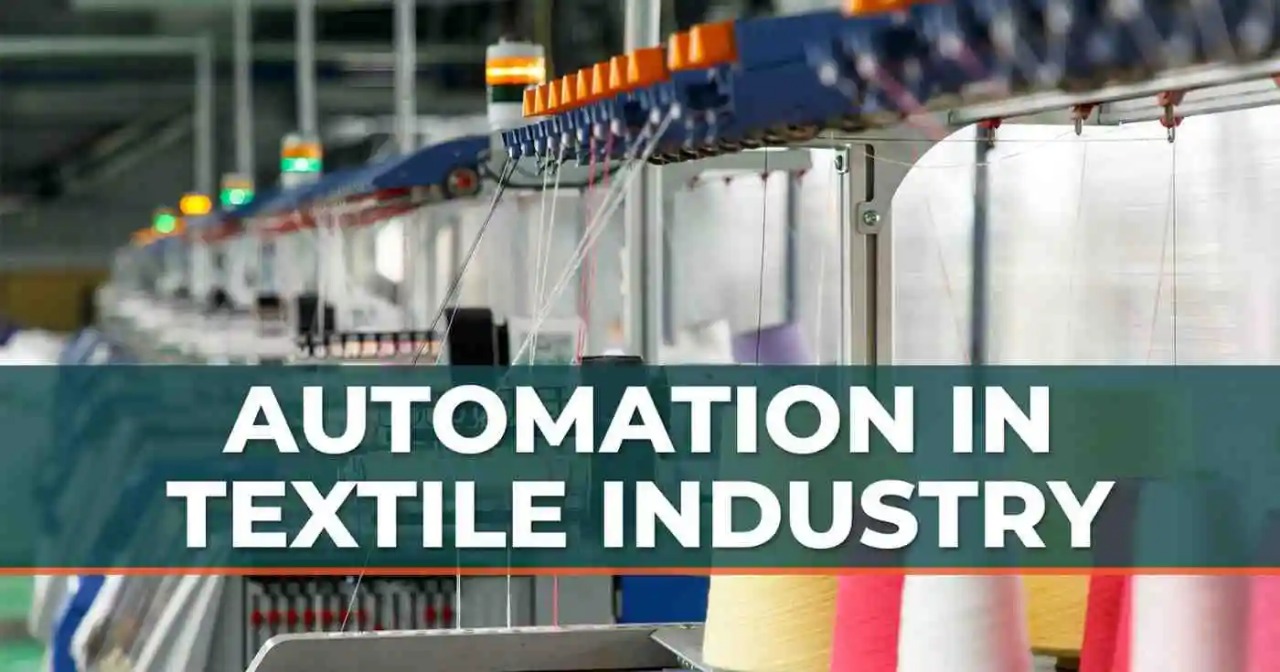
Follow WOWNEWS 24x7 on:
Updated: May 05, 2025 07:20

In a world shaped by rapid technology transformation, age-old industries and new professions too are facing the disruptive power of automation. As weavers using their hands navigate the ordeal of mechanization, programmers now also face an equal choice. The following article compares the two universes and looks ahead to see what the future is like for people whose talent is being recast by AI and automation.
Key Highlights:
India's handloom weavers, who were the backbone of rural economies and culture in the past, now sit on the brink of extinction due to automation, fast fashion, and consumer preferences. Traditional weaving is becoming a luxury item with artisans fighting against lower-priced, industrially produced substitutes and higher input prices. The younger generation is abandoning the craft, and legal safeguards for traditional designs are weakly enforced.
The struggles of the handloom industry reflect a pending catastrophe for coders of software. As power looms undermined handloom weavers, generative AI and automation tools are fast revolutionizing coding. Startups and technology firms are competing to automate 40–85% of their coding within 2025, liberating engineers to architect and innovate but also endangering repetitive coding work.
In the world of textiles, AI is a double sword. It has the potential to streamline supply chains, verify original handloom products, and open up new markets for artisans. For instance, Bengaluru startup KOSHA.ai utilizes IoT sensors to identify handloom as opposed to power loom cloth, and initiatives such as the VISONXT project marry tradition with contemporary market needs. Nevertheless, automation has the potential to wipe out individual cultural expertise, raise carbon levels, and facilitate intellectual property violations via AI-produced designs.
For software developers, the automation wave is already at our doorstep. Companies like InMobi and Udaan have automated as much as 90% of certain development work, and AI-powered tools now form the heart of productivity. The transition isn't merely about being efficient; it's about reshaping what skills will be relevant in the years to come. Coders need to adapt by placing emphasis on innovative problem-solving, system design, and using AI as a partner instead of a foe.
The government and business leaders are encouraged to take lessons from the plight of the handloom industry. Active policies, upskilling initiatives, and strong legal structures must be implemented to ensure automation is a stepping stone to growth, not a disaster for the next generation of digital workers.
Sources:
Business Standard, ISB Bharti Institute, Financial Express, Times of India


